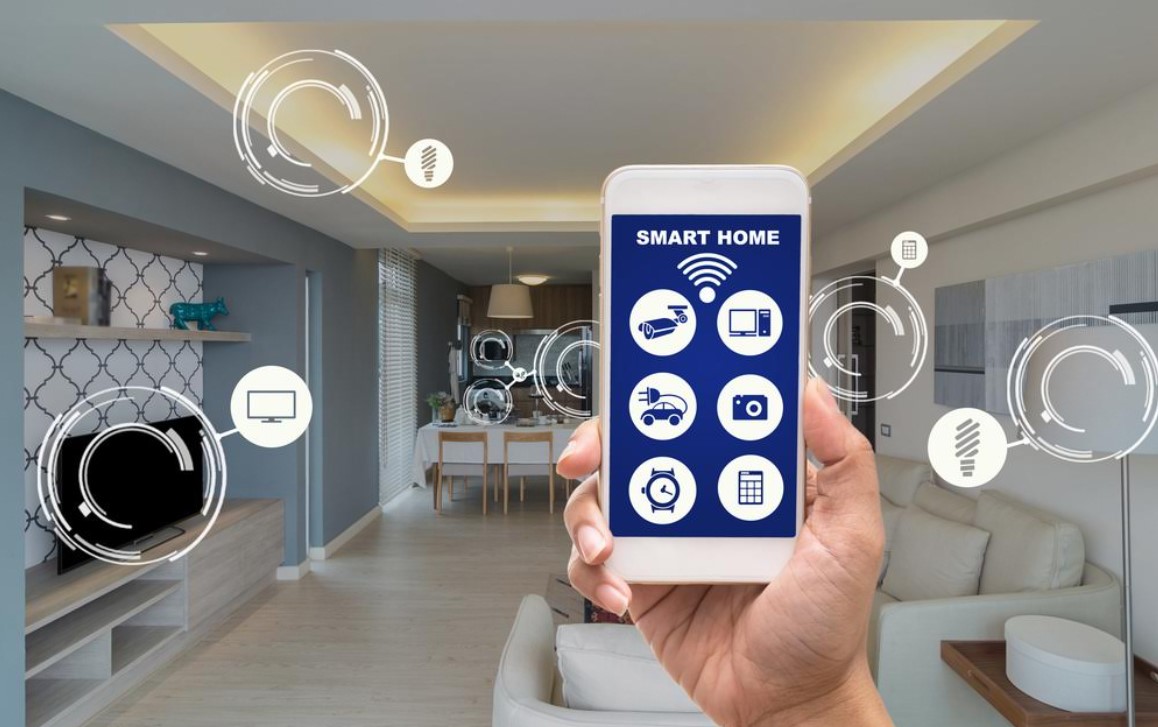
Are you familiar with the concept of voice assistance? The younger you are, the more likely you are to know at least something about the technology. Older people are less likely to have as much knowledge. And yet, voice assistance suffers from a strange paradox that borders on being funny: adoption and use of voice assistance differ based on age.
Data showing that young people are the largest adopters of voice assistance technology would not surprise anyone. It has always been that way. Throughout world history, technology is more quickly adopted by younger people. But here is the strange part: despite adopting voice assistance more readily than their older counterparts, younger people are still less likely to use the technology even after they adopt it.
Heavy Users Aren’t the Youngest
PWC revealed in a recent consumer survey that the 18-24 demographic has the fastest rate of adoption for voice assistance technology. Think cell phone voice assistants and smart speaker devices. Tons of people in this age group have the technology, are aware of it, and know how to use it. So far, so good. But let’s not stop there.
The same consumer survey reveals that the 25-49 demographic are adopting voice assistance at a lower rate. Yet people in this age group are more likely to be heavy users compared to their younger counterparts. Here are the percentages of heavy users within three demographic groups listed in the survey:
- 18–24-year-olds – 59%
- 25–49-year-olds – 65%
- 50+ year-olds – 57%.
Equally surprising is that more than half in each demographic group are considered heavy users. Even though younger people are less likely to be heavy users, the fact remains that the majority of people who have adopted voice assistance technology use it on a regular basis.
Voice Assistance in the Real World
So, what does voice assistance in the real world look like? The most common iteration is probably people running voice searches on their phones. They bring up their voice assistant app and ask it to search for a local restaurant, get movie times, or get directions to a place they haven’t visited before.
Also in the mix is using a smart speaker to control home automation devices with voice commands. For example, a consumer could integrate a Vivint Smart Home system with a smart speaker from either Google or Amazon. It would then be possible to turn lights on and off with verbal commands.
The PWC survey demonstrates that people who use smart speakers to control other devices control everything from their televisions to their thermostats and alarm systems simply by speaking to them. Nearly half of all consumers who use voice assistance in some way use it to control smart home devices.
A Lack of Trust
The paradox between adoption and actual use can be attributed to multiple factors. Regarding the survey data, the biggest issue is a lack of trust. Simply put, voice assistants do not always get things right. In fact, they often get things wrong. People don’t trust the technology to assist with important things when they cannot trust it for inconsequential things.
It’s strange but true. Young people have the highest rate of adoption for voice assistance technology. Yet they are second in terms of actually using the technology. The good news for the industry is that more than half of all voice assistance adopters are heavy users.
How about you? Are you on the voice assistance train yet? And if so, are you a heavy user? Maybe you could teach the rest of us a thing or two about it.







